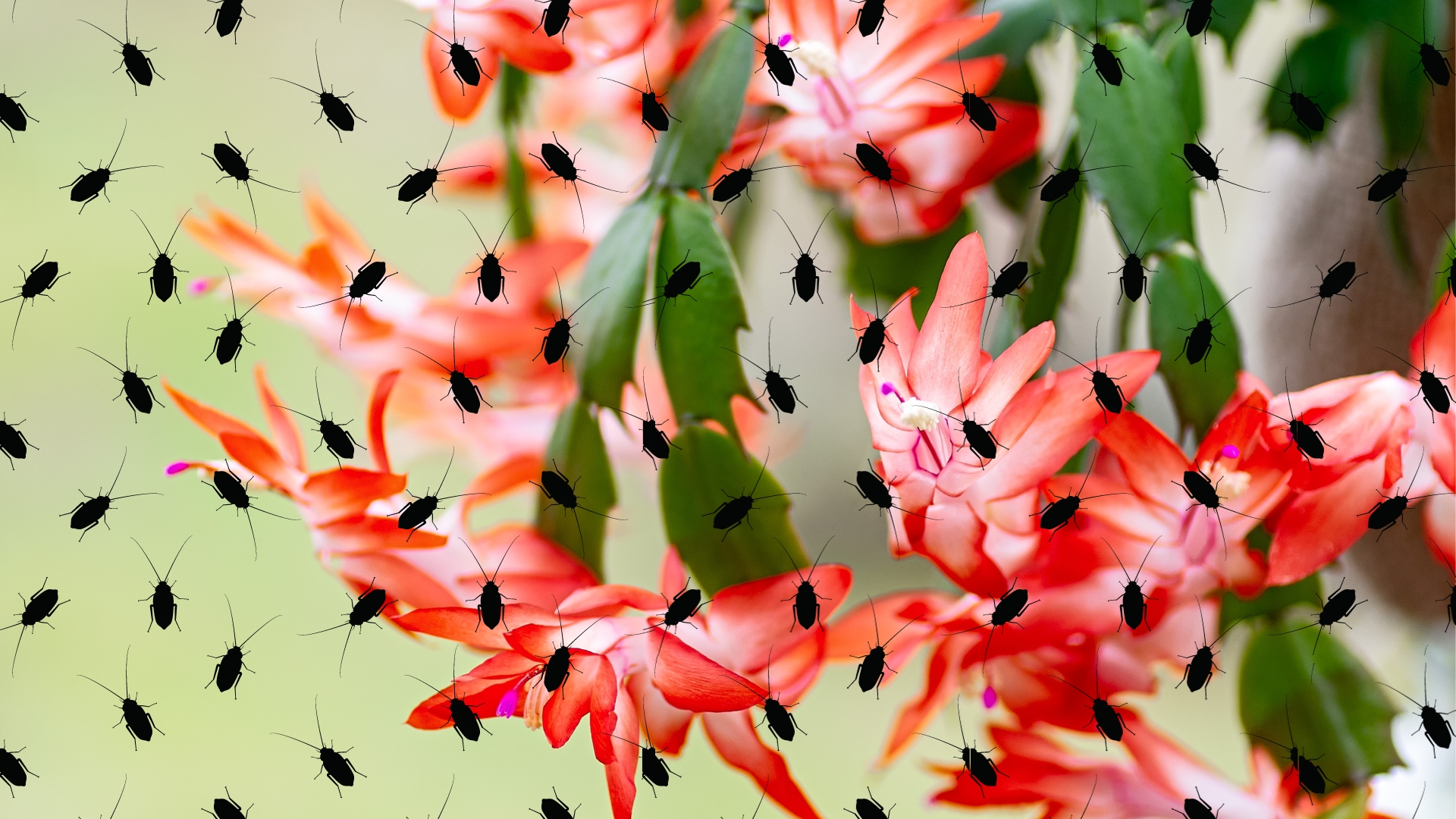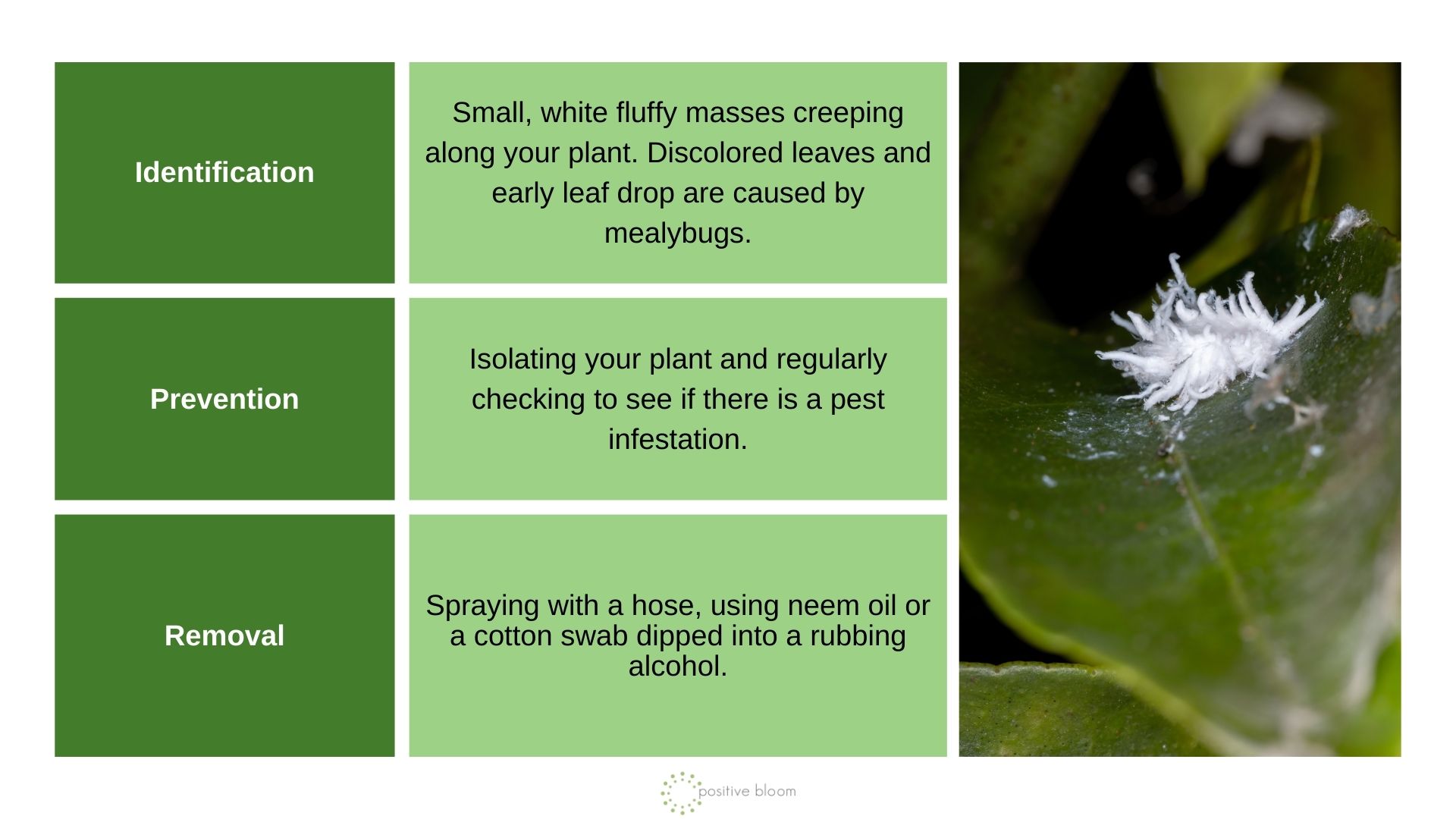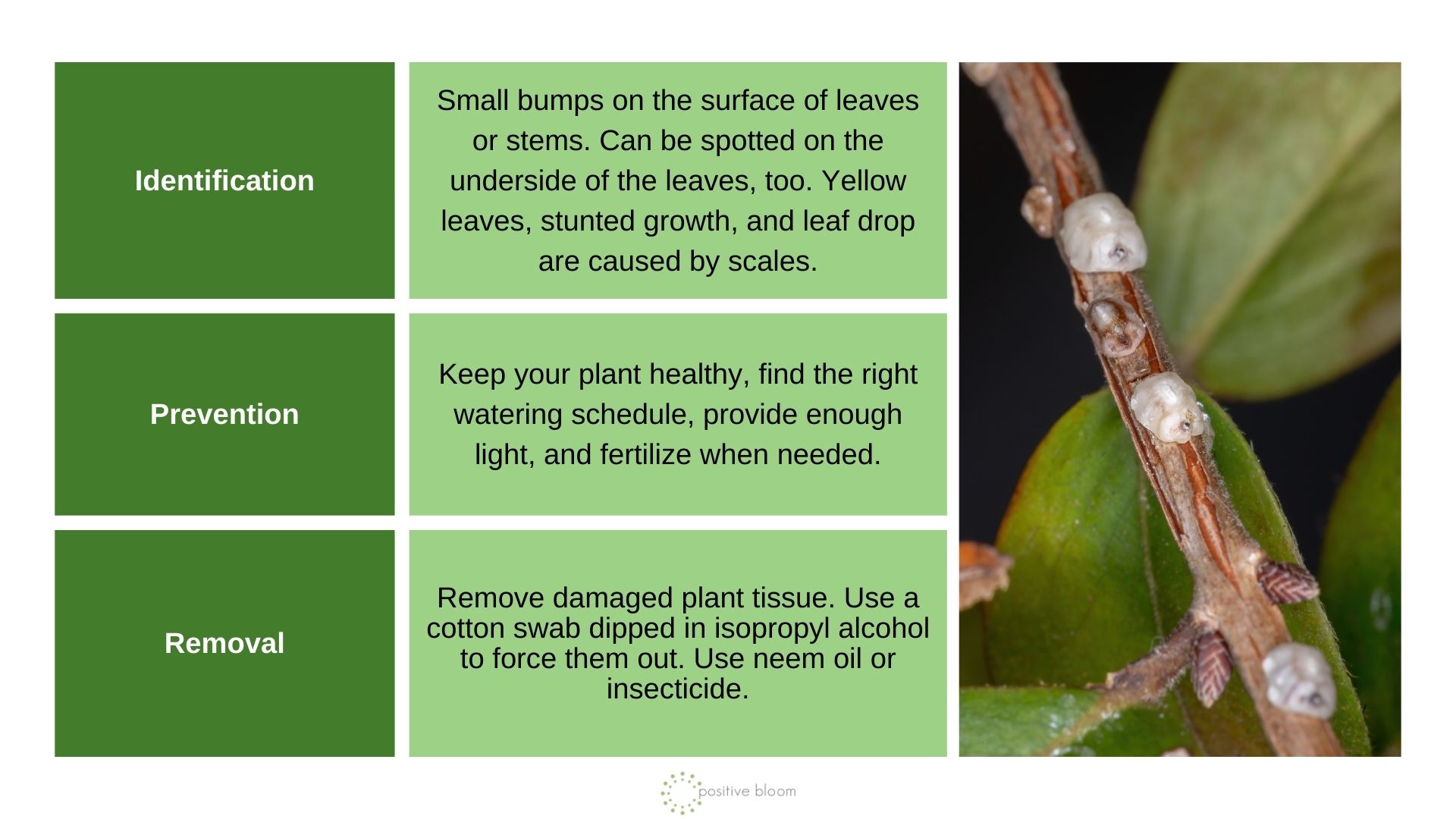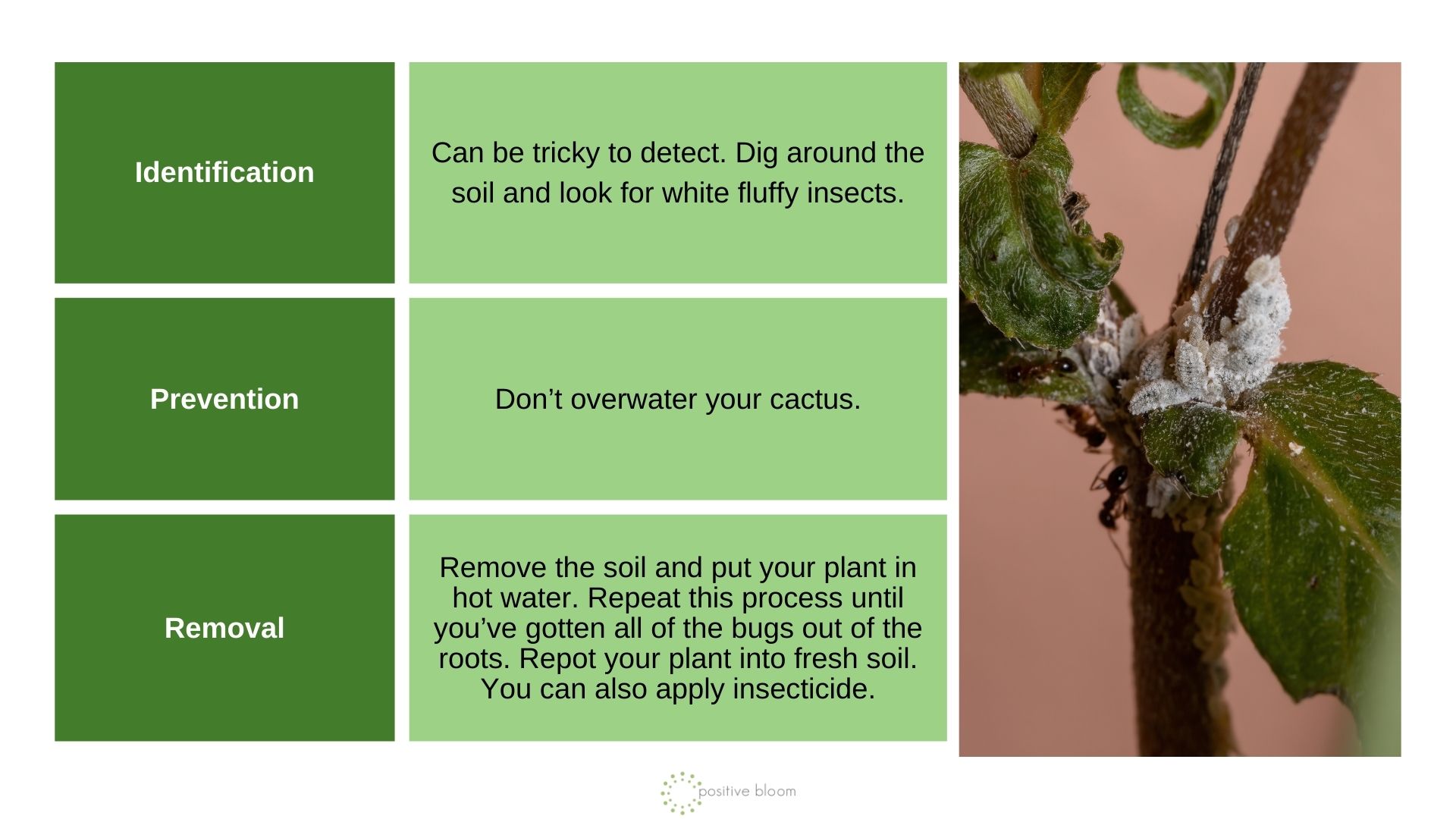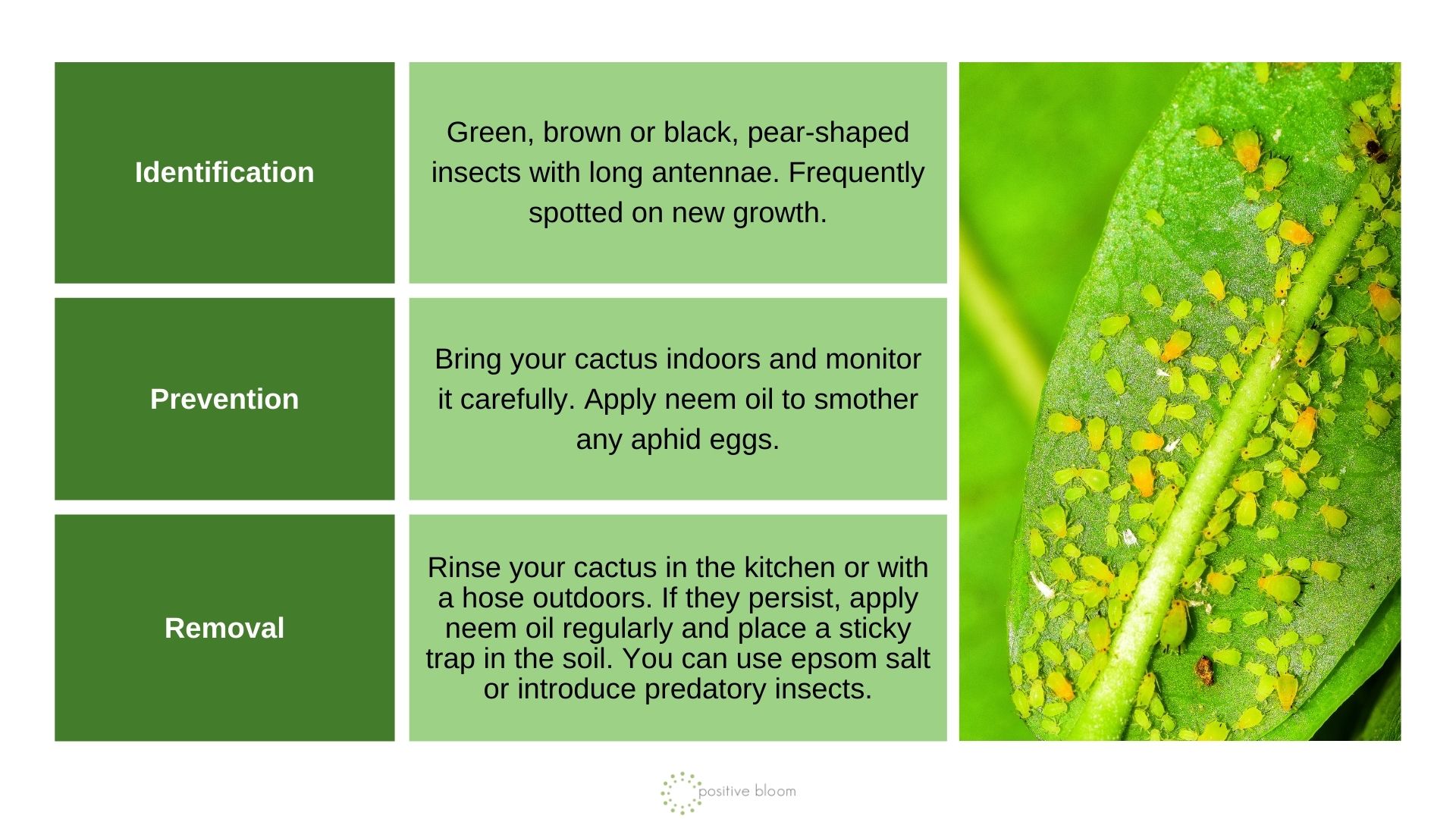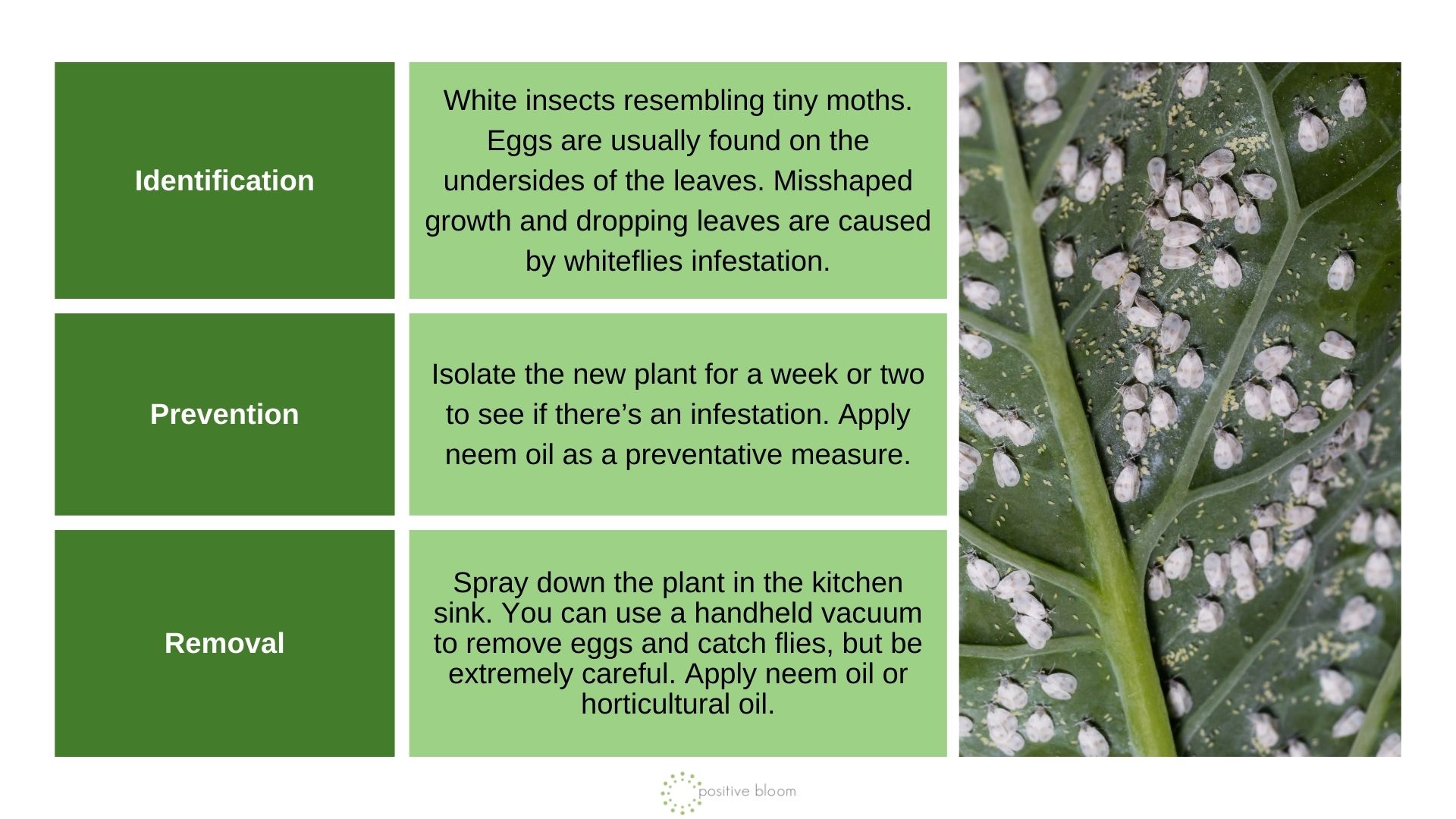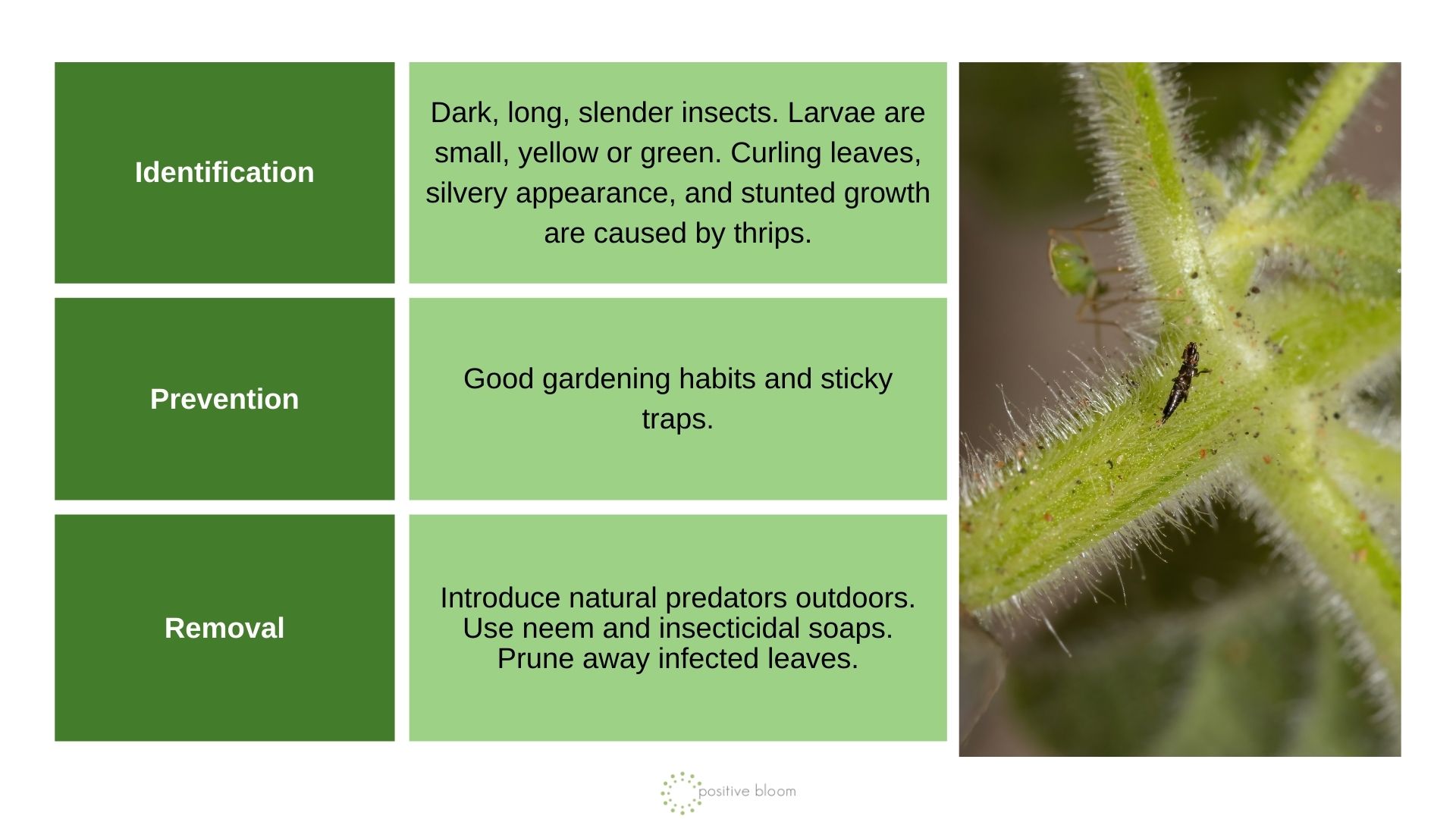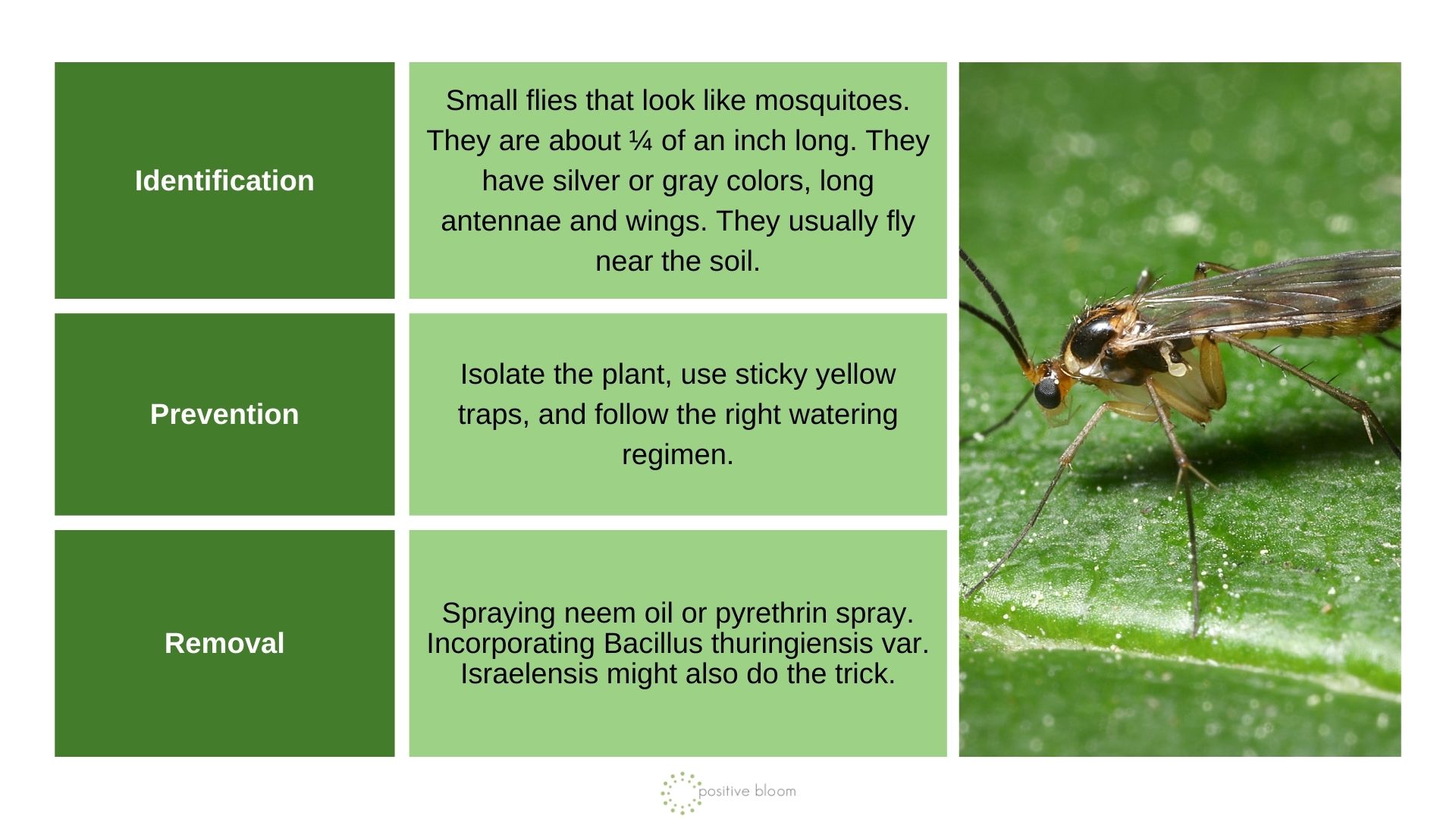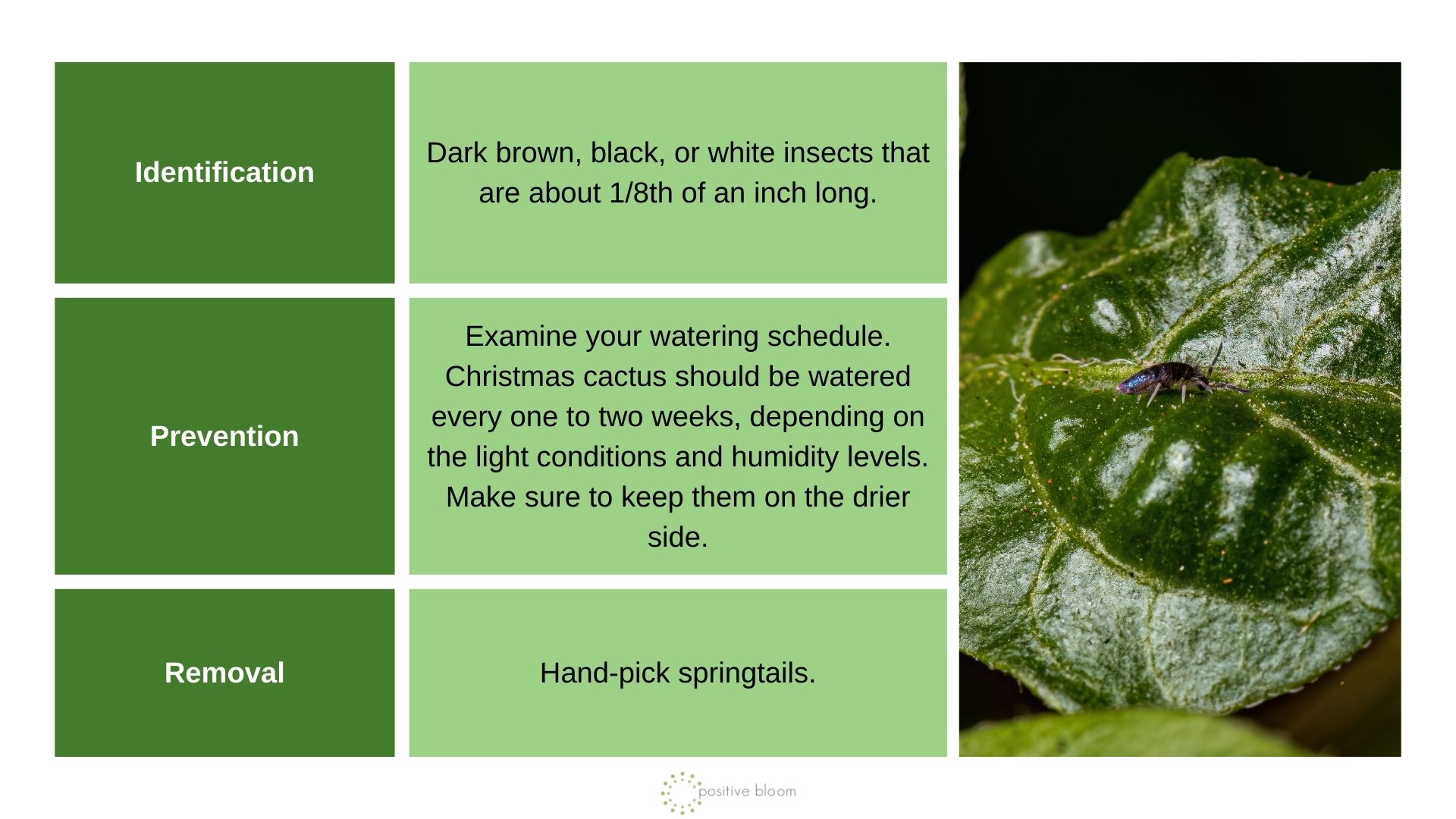Have you discovered some unwanted guests on your Christmas cactus? Pest problems can put a dampener on the festive spirit, especially if your special holiday plant is hurting.
Although cactus plants are known to be tough and resilient, there are still some pesky pests that can find their way indoors and hurt your Christmas cactus. But hey, maybe they just want to enjoy the holidays, too!
Nonetheless, it’s important to get rid of them and keep your cactus happy and healthy for the upcoming Christmas season.
In this article, we are going to talk about common Christmas cactus pests and how to identify and get rid of them. Let’s tackle Christmas cactus pests together!
1. Mealybugs
Mealybugs are common pests that can quickly spread all over your plants. They do well in warm and humid environments, which is why they feel welcome in your home around the holidays.
Don’t worry, these unwanted guests are easy to send on their way. Just follow the instructions above if you notice fluffy spots and discolored leaves.
2. Scales
Some scale insects might be host-specific, but most of them will attack whichever plant comes by.
These insects like warmth, so they’ll aim for spending Christmas in your home instead of outdoors in the cold.
Scales can do significant harm in a short amount of time. They will congregate in your plant and multiply quickly. While some plants can withstand scale damage better than others, a severe infestation will usually destroy your cactus.
Related: 3 Main Reasons Why Your Christmas Cactus Is Dropping Buds
3. Root Mealybugs
Similar to mealybugs, root mealybugs are also tiny insects that can infect your houseplants, but they solely focus on the roots of your plants. Moist and warm soil create the perfect environment for root mealybugs.
If you spot a white waxy layer on the surface of the soil, you are probably dealing with a root mealybug infestation. If you don’t treat it, the insects might suck the juices out of the plant, which leads to wilting and dying.
4. Aphids
Aphids are commonly found in both indoor and outdoor plants. They are tiny insects that feast on healthy and juicy leaves. Deeply mottled foliage or yellowing are caused by aphids.
These pesky pests also secrete honeydew, a sticky substance that can attract other insects and create a breeding spot for insects and diseases.
Related: This Simple Ingredient Can Protect Your Plants From Aphids
5. Spider Mites
These pests look like tiny spiders – they have eight legs and black spots on their backs. They come from outside and jump from one plant to another.
Yellow Christmas cactus leaves are often a sign of spider mites. If you don’t eradicate them, your cactus might wilt and die.
Related: Keep Spider Mites Off Your Houseplants With This Secret Ingredient
6. Whiteflies
Whiteflies are small insects commonly spotted indoors or in a greenhouse. The adult insects will lay eggs during late spring that will hatch after two weeks, followed by a week-long larvae stage. New adults will hang around for a couple of months to prepare for laying eggs.
Whiteflies will suck the plant juice and excrete sticky honeydew that attracts ants and fungi. This is why whitefly infestations should be controlled immediately
7. Thrips
Thrips are not picky when it comes to plants – they’ll infest outdoor plants, fruits, veggies, houseplants, or anything that comes in their way!
However, they usually appear if there was already a thrip infestation in your home. Inspect the Christmas cactus carefully and ensure not to bring any outdoor pests in with it.
These might be tricky to spot, but silvery patches on the leaves are often signs that your plant is dealing with thrips. Check if there are any thrips by placing a paper under the plant and lightly shaking it – they will fall onto the paper if present.
This can be useful: How To Get Rid Of Plant Flies: 8 Effective Methods
8. Fungus Gnats
These are annoying little flying insects whose larvae do most of the damage. They are attracted to soggy soil, so it’s important to provide your Christmas cactus with proper drainage.
Adult insects flying around the plant are often signs of infestation. Larvae are probably already nibbling on the roots, damaging the plant, and taking up all nutrients.
It’s important to control adults and reduce the future population of these insects as they will only lead to more larvae.
9. Springtails
The last pests we are going to talk about are springtails. These are tiny pests that are attracted to moisture and warmth, which is why they are often spotted in bathroom plants or very overwatered soil.
Springtails are not as dangerous, but their presence is often linked with fungal diseases, such as root rot.
This might be useful: Should You Keep Your Christmas Cactus In The Dark

